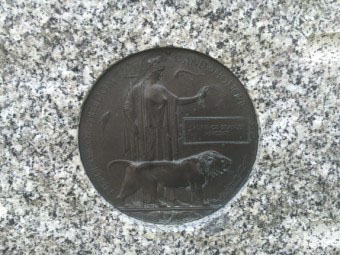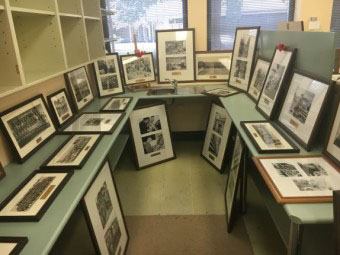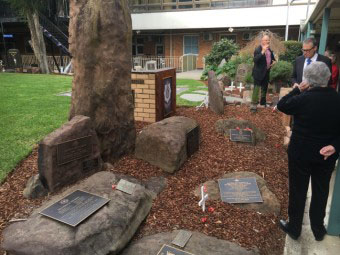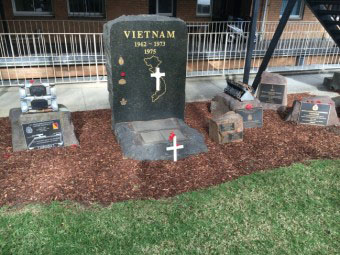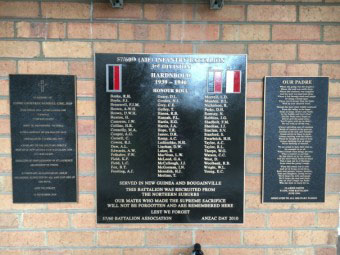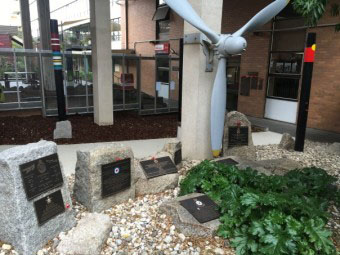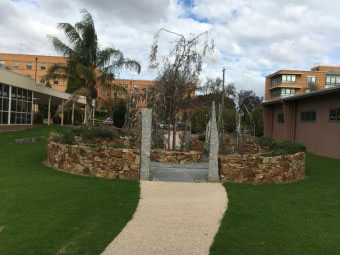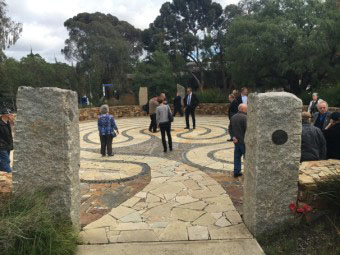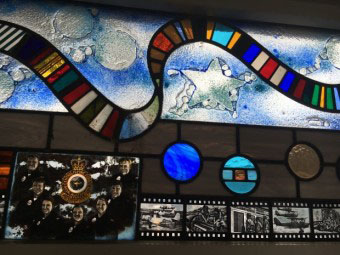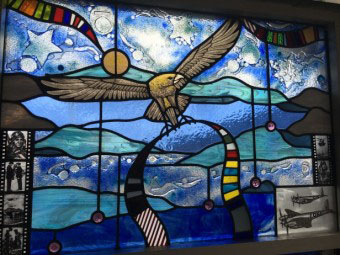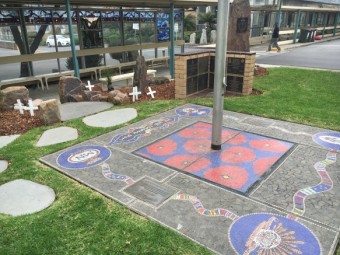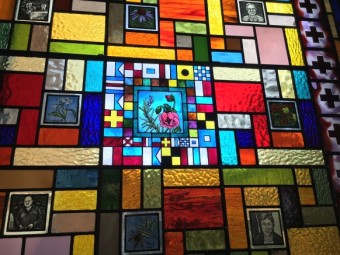In addition to being a functioning hospital the Heidelberg Repatriation Hospital has a significant collection of historic and heritage items that make a visit by a military history enthusiast worthwhile.
The Hospital has a proud history of caring for Veterans and War Widows. Originally built in 1941, the hospital became part of Austin Health in 1995. Today the Heidelberg Repatriation Hospital continues to treat Veterans and War Widows and also provides services to the wider community including, day surgery, palliative care, mental health services, aged care, and outpatient services.
The Heidelberg Repatriation Hospital commenced on 13 March 1941, and was known as the 115th Heidelberg Military Hospital. The hospital was initially operated by the Army, and on site between 1942 and 1947 was the 6th RAAF Hospital.
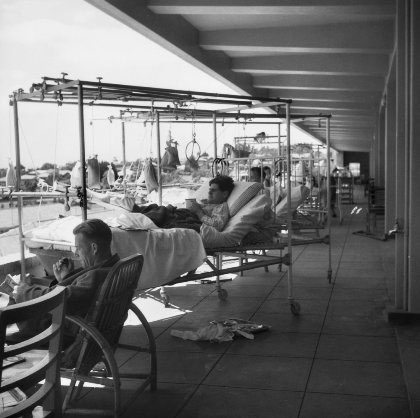
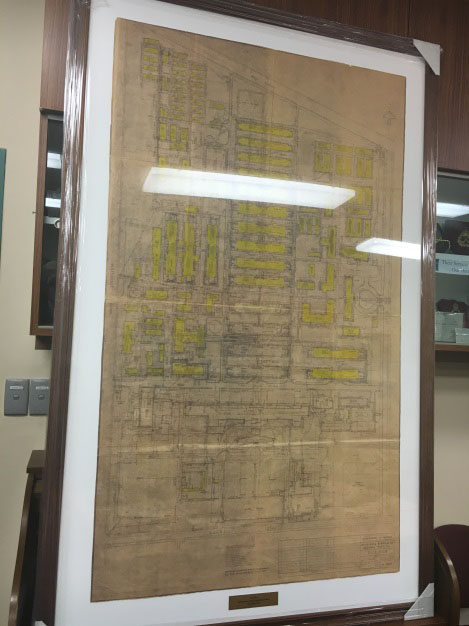
On 19 May 1947, the hospital was handed over from the Army to the Repatriation Commission and became known as Repatriation General Hospital Heidelberg. The Repatriation Commission (Department of Veterans’ Affairs) operated the hospital until 31 December 1994. In the decade leading up to transfer of the hospital to the state hospital system the name was modified to its current name – Heidelberg Repatriation Hospital.
The hospital was transferred into the Victorian health system on 1 January 1995 with Heidelberg Repatriation Hospital and Austin Hospital amalgamating on 1 April 1995 to become Austin & Repatriation Medical Centre. As from 30 April 2003 a name variation, approved by the Victorian Government, saw the Austin & Repatriation Medical Centre name replaced by Austin Health. Austin Health incorporates the Austin Hospital, the Heidelberg Repatriation Hospital and the Royal Talbot Rehabilitation Centre.
Plaques and historical pictures
The Heidelberg Repatriation Veterans Centre was established in conjunction with the State RSL and VVAA within Austin Health in 2005 and is open to all current and past serving Defence Force Members and their families. Assistance is provided with the submission of claims for compensation associated with service, or the war widows’ pension. The centre also caters for Police Veterans under the VEA. Pension Officers as well as an Advocate are available through this service.
The Garden of Remembrance
The Heidelberg Repatriation Hospital has a proud heritage of caring for Veterans and War Widows, and over many years areas have been named to reflect this heritage. These are: Centaur Wing, Tobruk Centre, Flanders Wing, Darley House, Red Cross Centre, Vivian Bullwinkel Room, 115 H.M.H. Meeting Room, Remembrance Garden, Gallipoli Gardens, Memorial Rose Garden and Duckboard Walk.
Plaques and commemorative gardens
Within the hospital are many plaques and gallery spaces, including in the Outpatient Department where memorabilia, the Heidelberg Repatriation Hospital tapestry and the flag of the 2/4th AGH are displayed. Plans are currently afoot to refurbish the archives room.
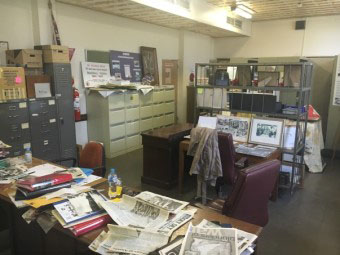
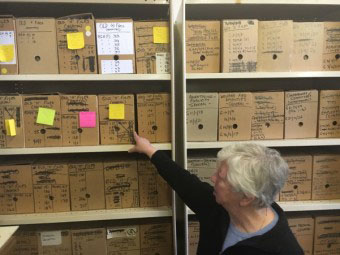
The Archive Room
Memorabilia and gallery space are located in the Veteran Liaison Office and older Veterans Psychiatry Program area. The Remembrance Garden includes many memorial plaques and the duckboard stained glass.
Stained glass windows
To commemorate the 70th anniversary of Heidelberg Repatriation Hospital in 2011 the Shrine of Remembrance developed an exhibition featuring memorabilia and images from the hospital archive as well as historical images from the Australian War Memorial.
Through its proud history the hospital emerged as a centre for critical care with a sense of community that has nurtured and rehabilitated shattered people, served as a centre for innovation in the treatment of war injuries and mental illness and as a teaching hospital for the nursing and medical professions. Heidelberg Repatriation Hospital has also evolved as an important commemorative site.
Contact Marcus Fielding about this article.
